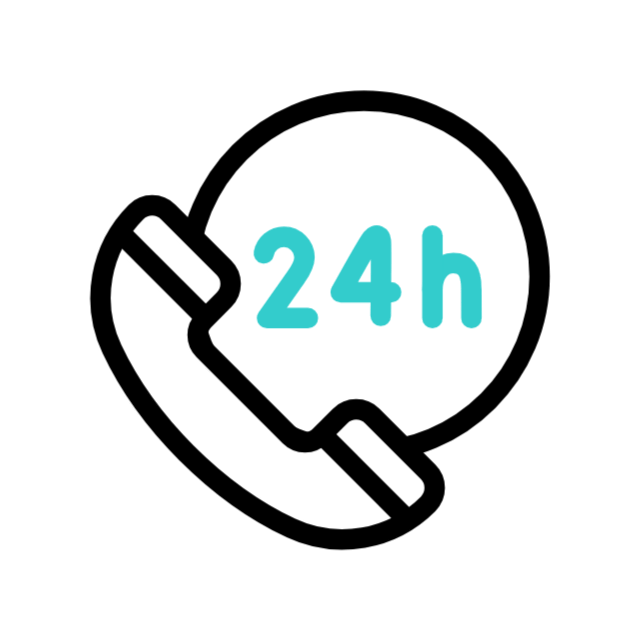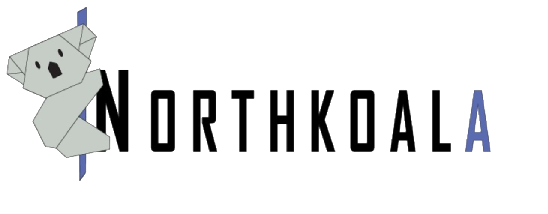-
- Mağaza Tasarımı
- ARÇELİK Mağaza
- Arçelik Mağaza
- Shangri la mall Sri
- womens clothing
- Konsept Dükkan
- BEKO Mağaza Tasarımı
- Vestel Store
- Coffe shop interior
- 3D showroom home
- Bookstore 3D Design
- Kaduwella Singer
- Vestel Store Design
- Mağaza Tasarımı
- Showroom Tasarımı
- Showroom Tasarımı
- Showroom Tasarımı
- SINGER Mega
Famous Quotes
Project Detail
Virtual reality made me believe I was someone else
Virtual reality made me believe I was someone else
/cdn.vox-cdn.com/uploads/chorus_image/image/30342205/genderswap_001.0.jpg)
We’re always finding new ways to connect with one another: email and text messages, Twitter and Facebook, Instagram and WhatsApp. And with every passing year, keeping in contact with friends near and far becomes easier. The concept of telepresence, of virtually being somewhere that you’re not, has been a driving force behind this march of progress. Surgeons can perform operations remotely, business deals are hammered out on opposite sides of oceans, and millions of us use Skype and other services every day to beam our faces across the world. However, this “presence” is generally a one-dimensional experience. Even as Edward Snowden took to the TED stage via a Beam robot, his remote interactions were limited to sight and sound. The dream of true telepresence still eludes us.
BeAnotherLab is a small team focused on experiential demos that promote empathy, tolerance, and self-understanding by showing you the world from another person’s perspective. Its Gender Swap experiment saw two people wearing cameras and Oculus Rift headsets synchronize movements and "swap bodies." But while that experiment made headlines, it only represents a small portion of what the team is trying to achieve. Under the A Machine To Be Another banner, it’s enabled a disabled ballerina to perform with full use of "her" legs, and put people in the shoes of a Senegalese dancer in demo called Being Youssoupha. In all cases, BeAnotherLab collects feedback on the impact and effectiveness of the experiments before trying them again.
Visiting the team back in February, I was unsure of what to expect and somewhat cynical about the prospect of a transformative experience. My demo involved a gender swap, but was most similar to Being Youssoupha. The setup was simple: I wore an Oculus Rift headset, while the "performer" wore a chest-mounted camera that tracked my head position and moved in real time. Throughout the demo, the performer watched me and mirrored my posture and movements with her body.
After I was carefully positioned in relation to the performer, the Oculus Rift was placed on my head. I was asked to close my eyes and an audio recording was played through a pair of headphones. A female voice introduced herself as Norma, a 29-year-old anthropologist from Germany and my performer for the experiment. As I opened my eyes, I was staring at the same room, but from a different perspective. My hands no longer looked like my hands, and my legs were not my legs, but as I slowly moved around, these alien limbs mirrored my every move.
I began to freak out.
Through the Oculus Rift, I saw Philippe Bertrand, one of the artists behind BeAnotherLab, approach me. He waved at me and moved in to shake my hand. As I reached out and took his hand in mine, I felt it, and the illusion was complete. Norma’s voice was still being piped into my head, but with the constant sensory bombardment, I had no time to think through which body was precisely doing what. Her voice, which was recounting her thoughts on feminism and self-image, became my stream of consciousness.
Some 30 minutes later, I’d inspected a couple of objects, each related to Norma, and had a chance to examine my new face in the mirror. I was asked to close my eyes again and was repositioned. As I opened my eyes, I was now looking at myself, or whoever I was an hour ago. The experiment ended with me reaching out to shake my own hand.
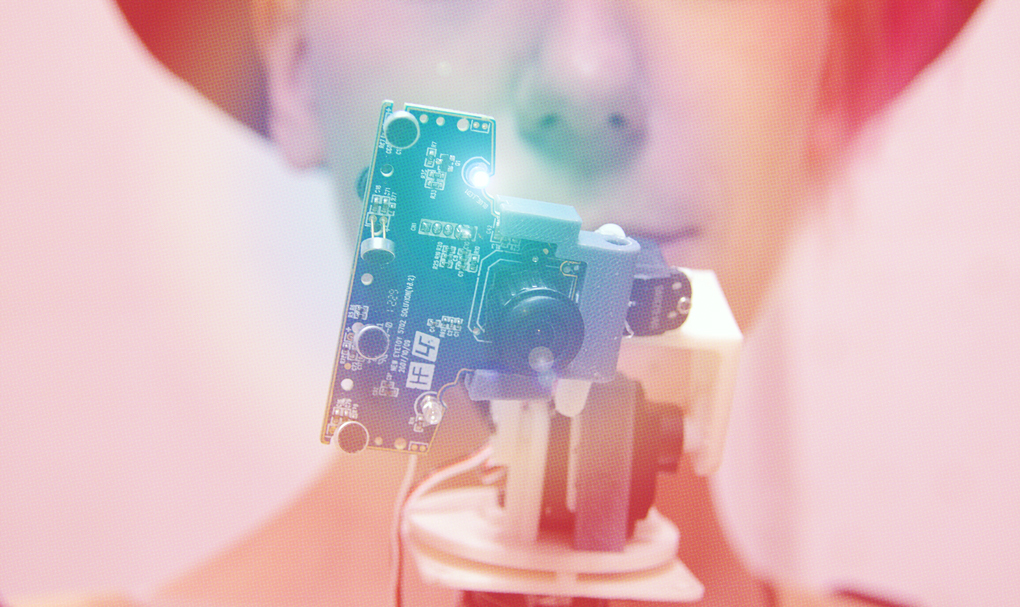 Norma Deseke, an anthropologist who played the role of "the performer" in the demonstration.
Norma Deseke, an anthropologist who played the role of "the performer" in the demonstration.To call The Machine immersive is underselling it. For brief moments, I truly forgot who I was, where I was, and what was happening. I was Norma. As I gathered my thoughts, the intricacies of the demo became clearer. There was a fourth person involved in the experiment; in this case BeAnotherLab co-founder Daniel González Franco, who made it all work. When Bertrand interacted with and handed Norma items, Franco stood in front of me, mirroring Bertrand’s every movement. When my body felt I was shaking hands with Bertrand, I was actually interacting with Franco, who remained out of sight. Vision may provide the majority of our sensory input, but touch was key to building this thoroughly believable illusion.
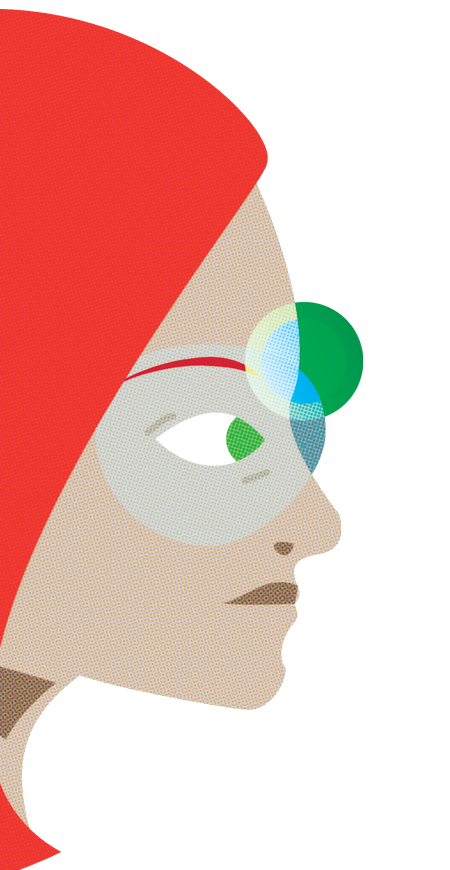
The idea that we could enable telepresence through simulating touch is as old as the term itself. "Telepresence" was first coined by futurist Patrick Gunkel and popularized by MIT Artificial Intelligence Lab founder Marvin Minsky in a 1979 essay. "To create true telepresences," wrote Minksy, "we must supply more natural sensory channels — touch, pressure, textures, and vibration. We must learn which sensory defects are most tolerable." Minsky was making the case for telepresence in the workplace, arguing that it could create a safer, more productive industrial landscape, but as technology advanced and our needs changed, more emphasis was placed on human-to-human interactivity.
The iteration of The Machine I experienced was merely a demonstration of what is achievable. Bertrand believes the possibilities for this type of transformative telepresence are massive. "What we have seen is that this machine can work to promote empathy between people with bias and there are neuroscientific experiments that prove that this kind of technology can reduce this implicit bias. Just seeing yourself in a black avatar, it reduces your bias, it’s really incredible, and very powerful."
Bertrand’s initial observations mirror my personal experience exactly. I felt embarrassingly connected to my performer, and asked countless questions, trying to understand how the demo was from her perspective. The tactile trickery and the first-person narrative are so effective in building the transformative illusion, it truly does put you in someone else’s shoes. It’s easy to see why Bertrand and BeAnotherLab believe in its ability to create empathy for strangers.
One area BeAnotherLab has explored extensively is gender identity. Its Gender Swap demo was seen by millions, and kickstarted conversations about trans issues in publications that rarely mention the topic. In a recent opinion piece onPolygon, software developer Jessica Janiuk draws comparisons between the dysphoria she experienced prior to her gender transition to wearing an Oculus Rift that she could never remove. She’s excited about the possibilities that The Machine could offer.
"It’s a good start," says Janiuk, "who knows where this research will go down the road in helping people to understand and be more empathetic and understanding of the trans community. It’s going to be a unique experience for someone, and I do believe it genuinely will help build empathy."
 Fab Lab Barcelona, the temporary home of The Machine to Be Another.
Fab Lab Barcelona, the temporary home of The Machine to Be Another.Someone else with first-person experience of The Machine is Ian Robert Coxon, a professor of experience-based designing at the University of Southern Denmark. His research is centered on the ecology of care — trying to understand the experiences of others in order to design better for their needs. "Understanding the other is fundamental to [my research]," Coxon tells me, explaining his interest in the project. "We’re constantly looking for ways that we can better understand the other," says Coxon. "How close can we get to their world and the way that they see it?"
Much of Coxon’s current research is centered around patients within a healthcare setting. Those "at the tail end of a huge technological system" who aren’t necessarily seen by that system as people. By better understanding the patients’ issues, Coxon hopes we’ll be able to design systems that improve both the healthcare experience on a personal level and the efficiency of facilities in general.
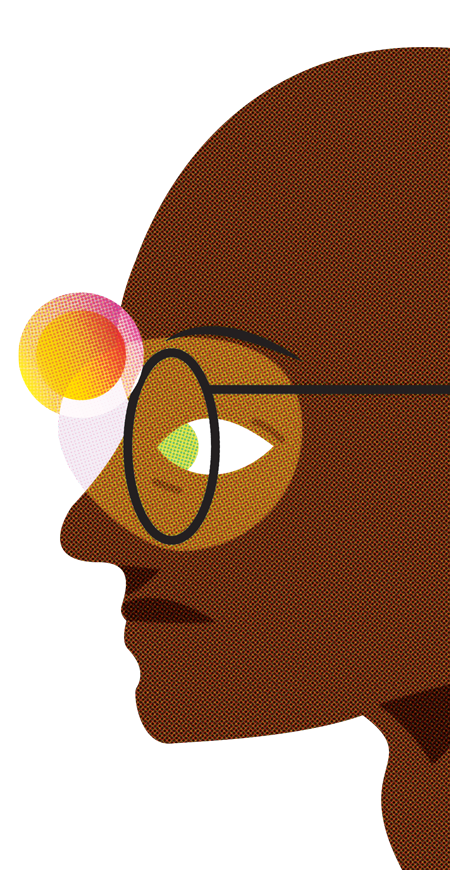
Coxon tried the exact same demo as I did, and although he had a less positive experience, he is nonetheless enthused by its potential. "In many ways, I guess I was disappointed," he explains, "I went in with a higher expectation than could possibly be achieved; I expected to somehow transport myself into Norma’s mind and understand how she felt. My researcher brain, my logical brain, was constantly at war with relaxing and just letting it flow and happen rather than just being receptive towards it."
Coxon did lose himself for brief moments, though. He recalls looking to his left, expecting to see Norma, but seeing no one. "It was disorienting. [Bertrand] asked me to turn to my right, and when I did I saw myself. It was a moment of what I call proprioceptive transference, where my body was tricked into thinking that I was in Norma’s position … my embodied experience of that event had all the signals that told me I was on the left-hand side." Coxon explains that, however small that transference was, it show the viability of the experiment moving forward. "It’s not a big thing, but it made me realize there was a certain amount of transference there, and that’s important. If I knew more about that and was able to explore it more, I could maybe begin to explore being in her position."
A large part of Coxon’s failure to engage on an empathetic level with The Machine was his reason for being there. He was looking to test the possibilities of a limited demo due to his interest in the field, and discovered its boundaries and limitations in the process. "Our bodies are giving us all sorts of signals all the time; it’s a very complex system to try and trick, it has all sorts of safeguards," explains Coxon. I, on the other hand, was just looking to try something new, and with little to no knowledge of the science behind it, I came away from it changed. To avoid this variance in success, Coxon theorizes, BeAnotherLab could create a kind of briefing process to prepare for the demo. This could take the form of practice sessions to "disarm the logical mind" so people can gain more from the experience once it starts.
There’s no doubt that The Machine can be adapted and expanded on, but more research is required, and that requires money — something BeAnotherLab doesn’t have a lot of. The lab’s experiments are open-source and are designed to be easily replicable, and the costs are very low. A laptop, an Oculus Rift Developer Kit, a motor, a simple Arduino board, and an old PlayStation Eye camera are pretty much all that’s required for anyone to set up their own demo. The total bill of parts is estimated at just €500 (about $695). Unfortunately, the four-man team is strewn across Brazil, Colombia, France, and Ireland, making even getting together to demo an experiment a major investment for an artistic collective with no means or desire to turn a profit from their ideas.
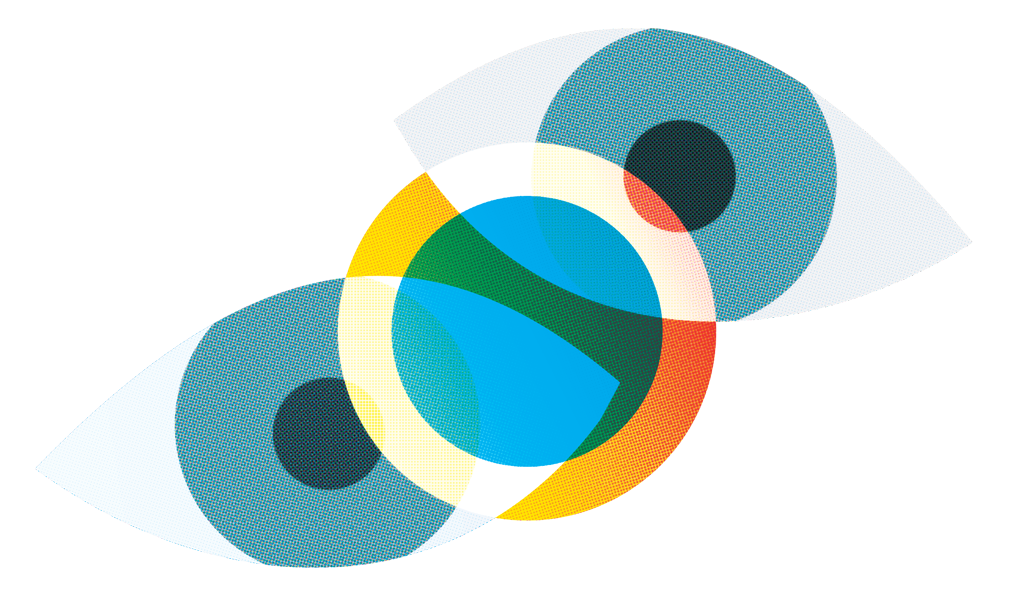
Aware of the financial issues, Coxon is trying to find a way to integrate BeAnotherLab into his research moving forward. "[I’m] trying to put together a supporting grant of some kind, some sort of project where we can include them," he explains. It’s unlikely that the lab will get funding to truly expand its research any time soon — even if a funding application went in tomorrow, it would be a year or so before any money came through — but finding champions for their cause is vital for the team to continue expanding its research.
What might expansion look like? For now, the team is focused on finding new collaborators to work with and new areas to explore. Its work with disabled people has made the team curious about the potential for neurorehabilitation through The Machine, and they’ve also considered developing a set up for people suffering from anorexia. They see it as a way to reduce bias of all kinds, be it implicit or understood, a way to reduce racism, and generally engender empathy for others. The Machine’s unofficial motto, insomuch as I’ve heard it multiple times over the past few months, sums up BeAnotherLab’s goal for the project perfectly. "If you could better understand each other, could you better understand yourself? If you could see the world through the eyes of the other, couldn't we make a better world to live in?"
As nebulous a goal as that is, BeAnotherLab’s ambition is infectious. Can The Machine change the world for the better? Not by itself. But with a strong personal narrative and tactile trickery, the team took just half an hour to sell me on the basic premise of their idea. Spending a short amount of time truly looking at the world from another person’s perspective is a powerful experience, and the potential for it to expand our collective horizons is huge.
Sanal gerçeklik beni başkasının olduğuna inandırdı
Ben artık Aaron Souppouris değilim. Ben bir kadınım. Ben bir yabancıyım. Elimde tuttuğum maskeye bakıyorum, açıkça benim olmayan bu ellerin nasıl eğrilerini ve çatlaklarını hissetmemi sağladığını anlamaya çalışıyorum. Önümdeki aynaya baktığımda, yeni dudaklarım ışıl ışıl ışıl ışıl ışıl ışıkların altında parlıyor. Bu ateşli bir rüya değil, halüsinasyon değil, video oyunu bile. Bu, Bir Olmak İçin Makinedir.
Her zaman birbiriyle bağlantı kurmanın yeni yollarını buluyoruz: e-posta ve kısa mesajlar, Twitter ve Facebook, Instagram ve WhatsApp. Ve her geçen yıl, yakın ve yakın arkadaşlarla iletişim halinde olmak daha kolay hale gelir. Telepresence kavramı, aslında olmayan bir yerde olmanın, bu ilerleyişin ardındaki itici güç olmuştur. Cerrahlar operasyonları uzaktan gerçekleştirebilir, okyanusların karşı taraflarında iş fırsatları ortaya çıkarılır ve milyonlarca insan her gün yüzlerimizi ışınlamak için Skype ve diğer hizmetleri kullanır. Ancak, bu “varlık” genellikle tek boyutlu bir deneyimdir. Edward Snowden bir ışın robotuyla TED sahnesine çıkmış olsa bile, uzaktan etkileşimleri görme ve sesle sınırlıydı. Gerçek telepresence rüyasının bizi hala aldatması.
BeAnotherLab, dünyayı başka bir kişinin bakış açısıyla göstererek empati, hoşgörü ve kendini anlamaya teşvik eden deneyimsel demolara odaklanmış küçük bir ekip. Cinsiyet Takas denemesi, kamera takan iki kişinin ve Oculus Rift kulaklıklarının hareketleri senkronize ettiğini ve "takas organlarını" gördü. Ancak bu denemede manşetler yapılırken, yalnızca ekibin başarmaya çalıştığı şeyin küçük bir bölümünü temsil ediyor. Bir Makinenin Başka Bir Afiş Olması başlığı altında, engelli bir balerin, "bacaklarını" tam olarak kullanması için harekete geçmesini sağladı ve insanları Sen Yoalogalı olarak adlandırılan bir Senegalli dansçının ayakkabılarına yerleştirdi. Her durumda, BeAnotherLab tekrar denemeden önce deneylerin etkisi ve etkinliği hakkında geri bildirim toplar.
Takımı Şubat ayında tekrar ziyaret ettiğimde, dönüştürücü bir deneyim beklentisi hakkında ne umduğumdan ve biraz sinir bozucu olacağından emin değildim. Benim demo bir cinsiyet değişimini içeriyordu, ama en çok Youssoupha Being'e benziyordu. Kurulum basitti: Oculus Rift kulaklık taktım, "performer" baş pozisyonumu takip eden ve gerçek zamanlı olarak hareket eden göğüs monteli bir kamera giydi. Demo boyunca, sanatçı beni izledi ve duruşumu ve hareketleri bedeniyle yansıtdı.
Göstericiye göre dikkatlice yerleştirildikten sonra, Oculus Rift başıma yerleştirildi. Gözlerimi kapatmam istendi ve bir çift kulaklıkla bir ses kaydı çalındı. Bir kadın sesi, Almanya'dan 29 yaşındaki bir antropolog olan Norma ve deney için uygulamamı tanıttı. Gözlerimi açarken aynı odaya bakıyordum ama farklı bir bakış açısıyla. Ellerim artık ellerim gibi görünmüyordu ve bacaklarım bacaklarım değildi, ama yavaşça etrafta dolaşırken, bu uzaylı uzuvlar her hareketimi yansıtıyordu.
Çıldırmaya başladım.
Oculus Rift aracılığıyla, BeAnotherLab'ın arkasındaki sanatçılardan biri olan Philippe Bertrand'ı gördüm. Bana salladı ve elimi sallamak için taşındı. Elime ulaşıp elime geçerken, hissettim ve yanılsama tamamlandı. Norma’nın sesi hâlâ kafamın içine sokuluyordu, ama sürekli duyusal bombardımanla, hangi bedenin tam olarak ne yaptığını düşünmek için zamanım yoktu. Feminizm ve benlik imajı hakkındaki düşüncelerini anlatan sesi, benim bilinç akışım oldu.
Yaklaşık 30 dakika sonra, her biri Norma ile ilgili bir kaç nesneyi inceledim ve aynadaki yeni yüzümü inceleme şansım oldu. Gözlerimi tekrar kapatmam istendi ve yeniden konumlandım. Gözlerimi açarken, şimdi kendime ya da bir saat önce olduğum birine bakıyordum. Deney benimle kendi elimi sallamak için uzanarak sona erdi.
Gösteride "icracı" rolünü oynayan bir antropolog olan Dsc_5129Norma Deseke.
Makineyi aramak için sürükleyici onu altüst ediyor. Kısa anlar için, kim olduğumu, nerede olduğumu ve neler olduğunu gerçekten unuttum. Norma'ydim. Düşüncelerimi topladığımda, demonun incelikleri daha açık hale geldi. Deneye katılan dördüncü bir kişi vardı; Bu durumda BeAnotherLab kurucu ortağı Daniel González Franco, hepsi işe yaradı. Bertrand Norma'yla etkileşim kurup teslim ettiğinde, Franco Bertrand’ın her hareketini yansıtarak önümde durdu. Vücudum, Bertrand'la el sıkışırken hissettiğimde, aslında görüş alanından uzak kalan Franco'yla etkileşim halindeydim. Vizyon, duyumsal girdimizin çoğunluğunu sağlayabilir, ancak bu iyice inandırıcı yanılsamayı oluşturmanın teması anahtardır.
Genderswap_spot_002
Dokunuşu simüle ederek telepresence sağlayabileceğimiz fikri, terimin kendisi kadar eskidir. "Telepresence", ilk olarak 1965 tarihli bir makalede, MIT Yapay Zeka Laboratuvarı kurucusu Marvin Minsky tarafından popülerleştirilen ve fütürist Patrick Gunkel tarafından yapıldı. "Gerçek telepreler oluşturmak içinGlobal booth design
-


Booth Expo Design
Umay Tech Exhibition Booth Design


-


Booth Expo Design
Natural Enerji Exhibition Booth Design


-


Booth Expo Design
Ülker Exhibition Stand Design


-


Booth Expo Design
Exhibition / Fair Stand Design / PANDA London


-
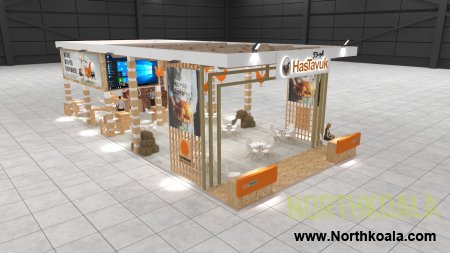
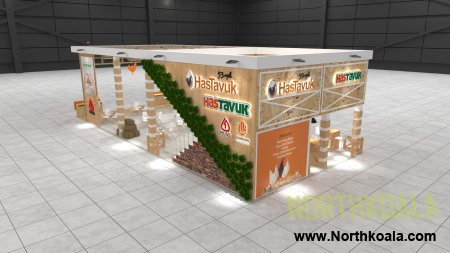
Booth Expo Design
Fair Stand Design


-


Booth Expo Design
Creative stand design for ceramics fair


Showroom Design
-
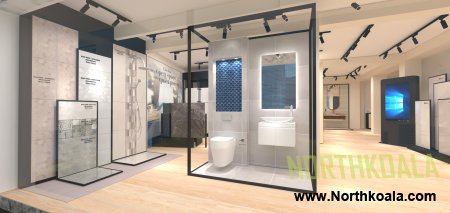

Showroom Design
Lanka Tiles Palawatte Showroom Design


-


Showroom Design
Arçelik Mağaza Tasarımı


-


Showroom Design
Singer Mega Nugegoda Showroom 2022 New Design


-


Showroom Design
ROCELL Stone Showroom Concept Design


-


Showroom Design
Lanka Tiles Showroom 2022 New Concept Design


-


Showroom Design
Hotel Restourant VIP concept interior design


Other news
News >- Umay Tech Exhibition Booth Design
- Natural Enerji Exhibition Booth Design
- Ülker Exhibition Stand Design
- Exhibition / Fair Stand Design / PANDA London
- Fair Stand Design
- Creative stand design for ceramics fair
- Modern and Elegant Exhibition Stand Design for a Leading Food Company
- Advanced Communication Technology Stand Design
- Explore the Underwater Wonders of Türkiye: Dive into the Experience
- Cosmolive's Natural and Modern Appeal
- Sleek and Contemporary Stand Design
- Striking Elegance: A Modern Trade Show Stand Design
- Innovative Exhibition Stands Reflecting the Future of Technology
- Modern and Elegant Exhibition Stand for Quartz Surfaces
- Innovative Exhibition Stand Design for a Small Machinery Manufacturing Company
